I'm not going to do a dissertation on the significance of this holiday. I have neither the knowledge nor the training and I will refer to how Epiphany is celebrated in some countries. I will only tell you that it is a Christian holiday and in some countries it is linked to the baptism of Jesus (as it is in ours), and in others, to the visit made to Jesus after his birth by the 3 Magi. I'm telling you these details to help you understand why Epiphany events and traditions are different.
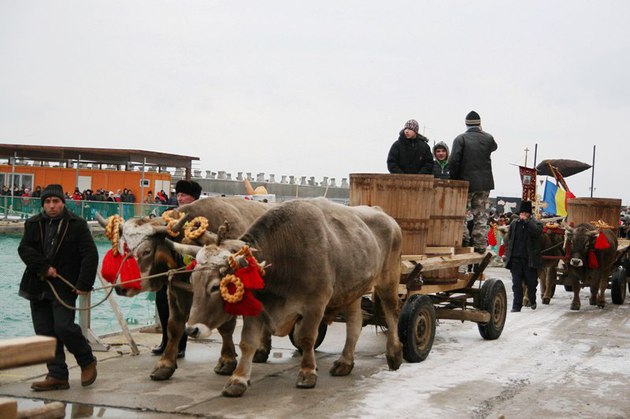
photo source: hotel-fortuna.ro
Do you remember log burning on Yule log? In England, the night of Epiphany Eve is the 12th - the last - night in which wood is burned. The remaining charcoal is kept in the house to protect it from fire and thunder, and next Christmas it will be used to light a new log. The night before Epiphany is called 'Twelfth Night' and is a night of pranks and jokes, as in Shakespeare's play of the same name, first performed in 1601. On this night a very dense, typically English fruit tart is eaten, in which a bean is hidden. Whoever finds it will be king for the day. Any spicy drink, such as ginger schnapps, is considered appropriate as it is reminiscent of the spices brought by the magi. On Epiphany, a star-shaped cake is made to remember the star followed by the magi. Sometimes, for good luck, it is covered with 13 different coloured jellies.
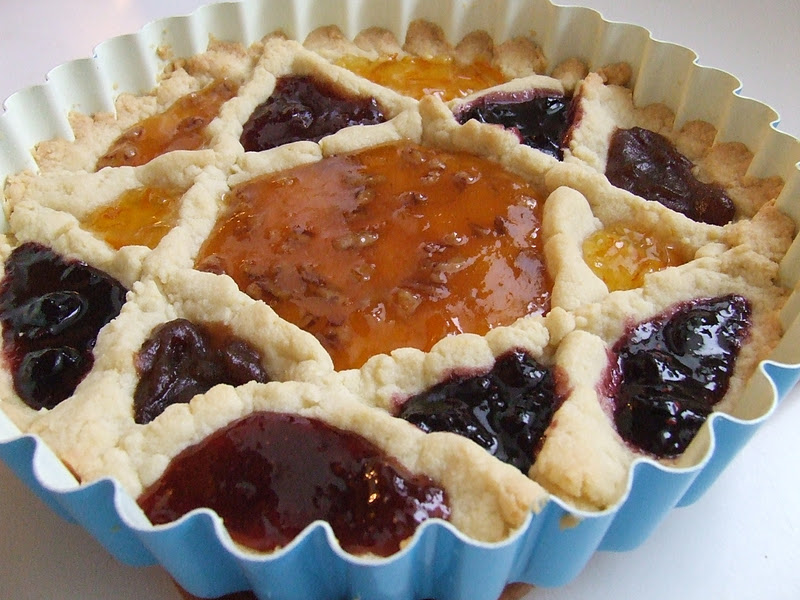
photo source: waltzingm.com
In NetherlandsOn Epiphany Eve, children in groups of three, symbolising the three wise men, go carolling from house to house and receive small coins or sweets. Sometimes they carry paper lanterns to symbolise the star followed by the magi. There are also competitions between groups, with children singing carols in front of an audience. On Epiphany they bake an almond cake called Koningenbroot (bread of kings), in which a bean is placed. Whoever finds it is designated king for the day.
In SpainandCentral American countries, the children polish their shoes and prepare them as we do for Santa Claus. The next day the good ones will find gifts in their shoes, brought by the wise men. Those who were not so obedient receive coal, actually pieces of black candy sugar, called. In the past children only received gifts on this day, not at Christmas. Now, thanks to the "globalization" of Christmas, they receive gifts on both days. Also on Christmas Eve, in many towns there are colourful parades showing the arrival of the wise men. In Alicante, Valencia, this custom, started in 1885, is still in use.
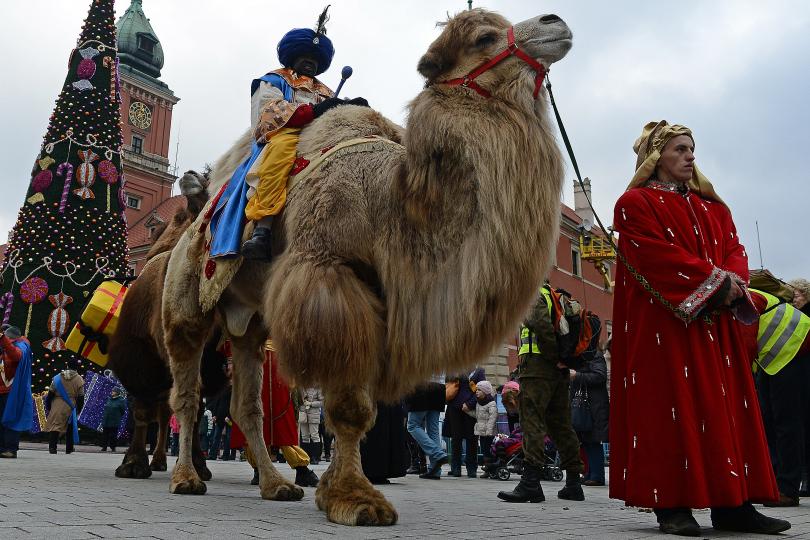
photo source: ibtimes.co.uk
In Germany Groups of children or young people, dressed as magi and holding a painted wooden star, go from house to house to make wishes. They receive sweets as well as donations for various worthy causes. Such groups also go on Epiphany to make wishes in Parliament or to the German Chancellor.
At the same time, specific cakes are made in the shape of a star or crown, decorated with candy and with an almond or a small figurine inside. Whoever finds it will be the king of the day and will wear a paper crown that always accompanies the cake. It is said here that if winter has not come by Epiphany eve, it will not come, or if it is clear and sunny on Epiphany eve, then it will be a very good year for wine.
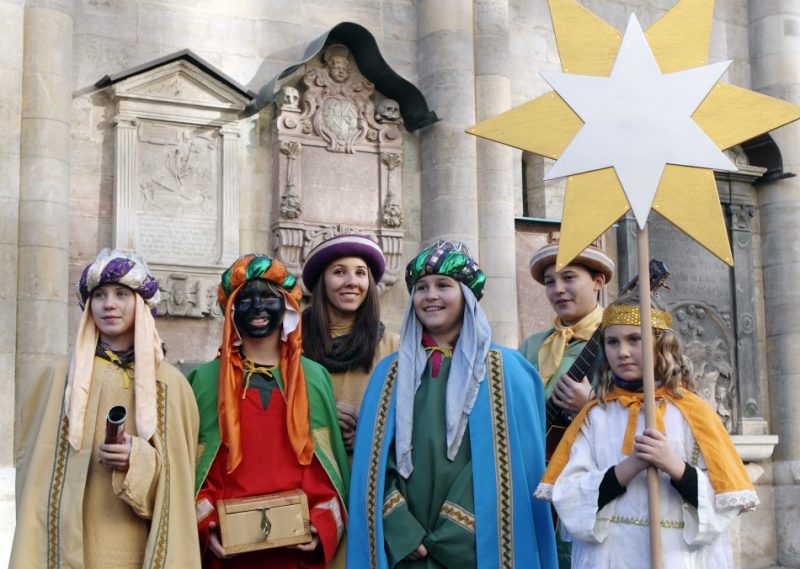
photo source: ibtimes.co.uk
In Italy Christmas Eve is linked to the name Befana (derived from Epiphany), an old woman who comes riding on a broom to bring gifts to good children or coal to the naughty. Legend has it that this old woman could not reach the baby Jesus to bring him gifts and has been bringing presents to all children ever since.
The Irish call Epiphany the Little Christmas or Women's Christmas (Nollaig na mBan). On this day the women rest after so many days of feasting, cooking and laying rich meals. In the past they did nothing on this day and all household chores, including eating and cleaning, were done by the men, who also served them at the table. Now it is customary for women to go and dine out. They also receive gifts from children, grandchildren or other family members. On Christmas Eve it is customary to burn in the fireplace or stove, twigs from the Christmas tree or which have decorated the house during the holidays.
In Latvia It is said that those who weave or chop wood on Epiphany will have bad luck all year. It is also said that if a young girl hears her dog barking on Epiphany she should look for her chosen one in that direction.
In Romania, as in other Orthodox countries around (Moldova, Bulgaria, Russia), the feast is linked to the baptism of Jesus by John the Baptist. On this day the waters are consecrated and it is customary for the priest to throw a wooden cross into the water of a river, the Danube or the Black Sea, and for young people to jump into the water to retrieve it. Whoever finds it will have good luck all year.
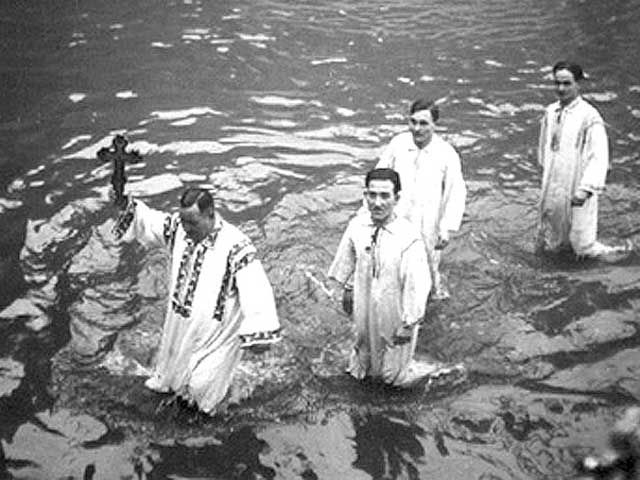
photo source: skytrip.ro
In the cold areas of Bukovina it is customary to make a cross out of ice that has appeared on the lake, which is cut with a chainsaw.
On Epiphany, horse races are organised in some areas. Horses and youngsters are blessed before the priest and sprinkled with holy water. It is a great honour for those who win the race, both horse and rider. All those who participate in this race will have good luck all year. It is said that girls who fast on Christmas Eve and sleep with basil under their pillow will dream of their mate. Mamaia used to tell me that when she was young, it was customary to make a small, very salty bread on Christmas Eve and eat it before bed on Christmas Eve to dream of her future husband, who would come and give her a cup of water.
As I said, Epiphany is the feast that ends a beautiful holiday season. In our country, immediately after Epiphany follows Saint John's Day, an occasion on which many Romanians celebrate their name day. So we extend the holiday period by another day. But after that, that's it, we all start work (those who haven't already). And we'll be back with articles about wood species, materials and ways of finishing, curiosities about wood, wonderful people in love, like us, with everything that means wood. May we all have a good year!



















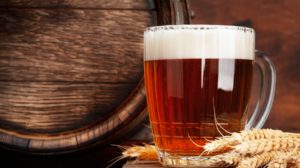







Hello and happy birthday!I appreciate your articles.
Happy Birthday! Thank you for your appreciation.
Happy New Year! The burning of the bustean is the 12 holy nights between Birth and Baptism. John's Baptism represents Christ's descent into the body of Jesus of Nazareth, to live and die as a man, the only way he could enter the Kingdom of Death and to celebrate the Sacrament of Calvary. The grandson of the great composer gives details of these nights https://www.universenciclopedic.ro/cele-12-nopti-sfinte-si-ierarhiile-spirituale